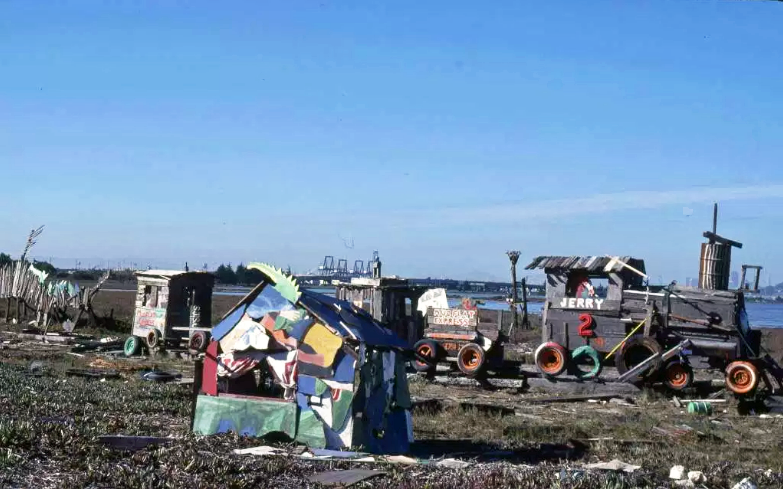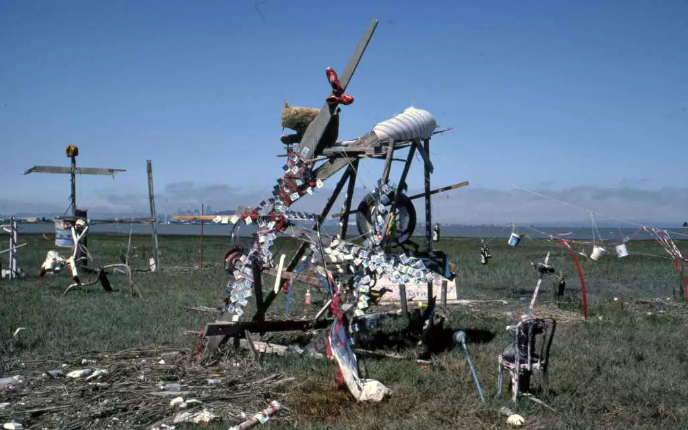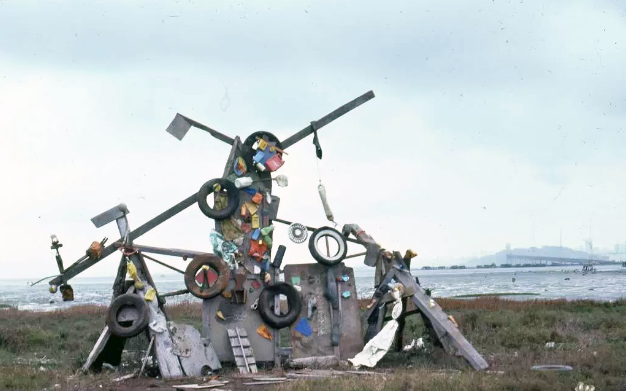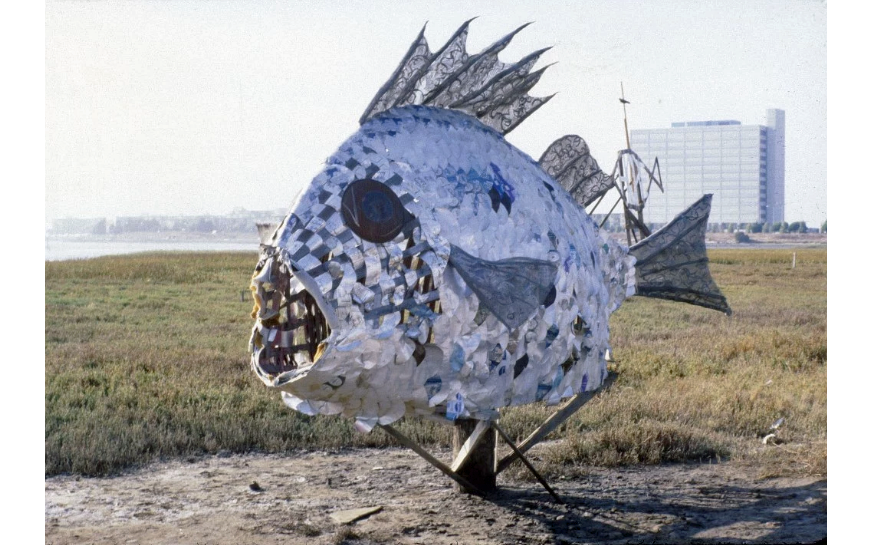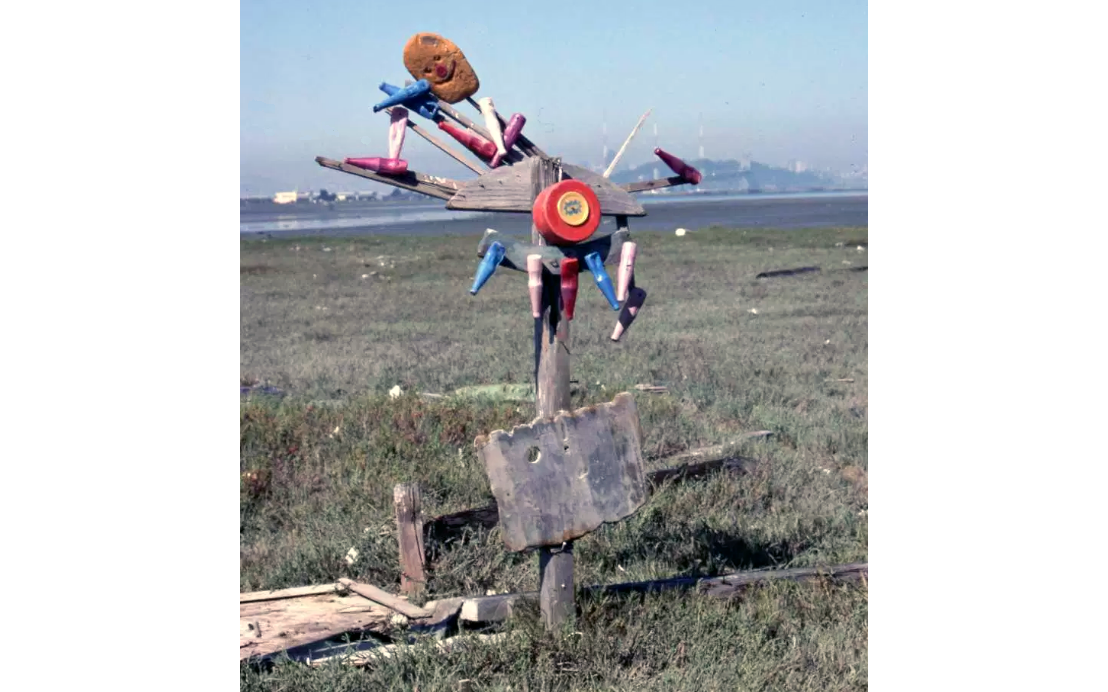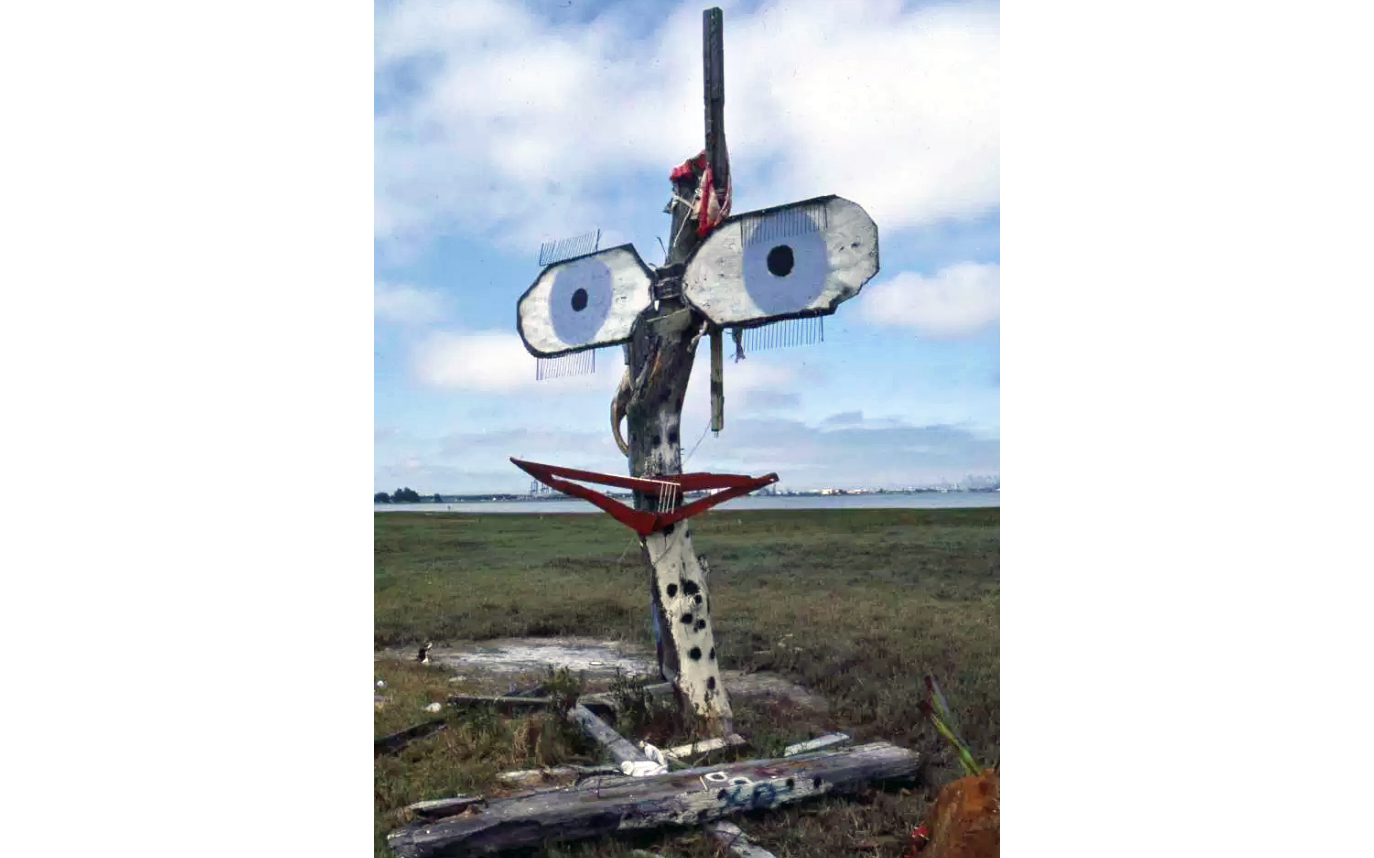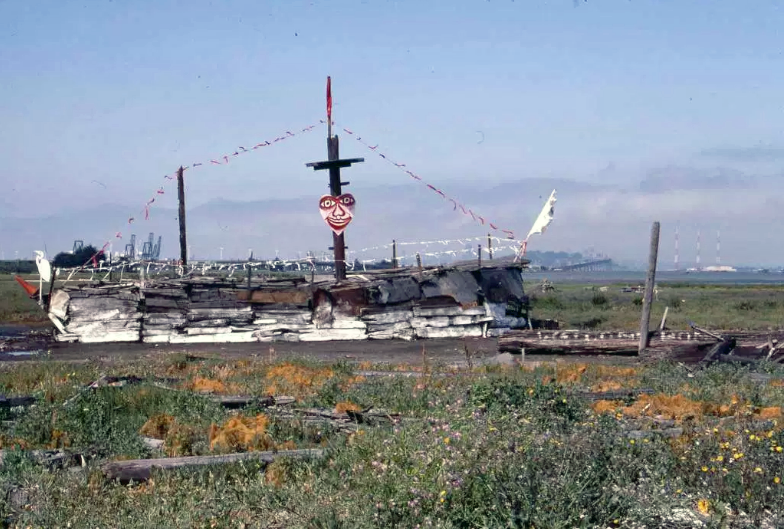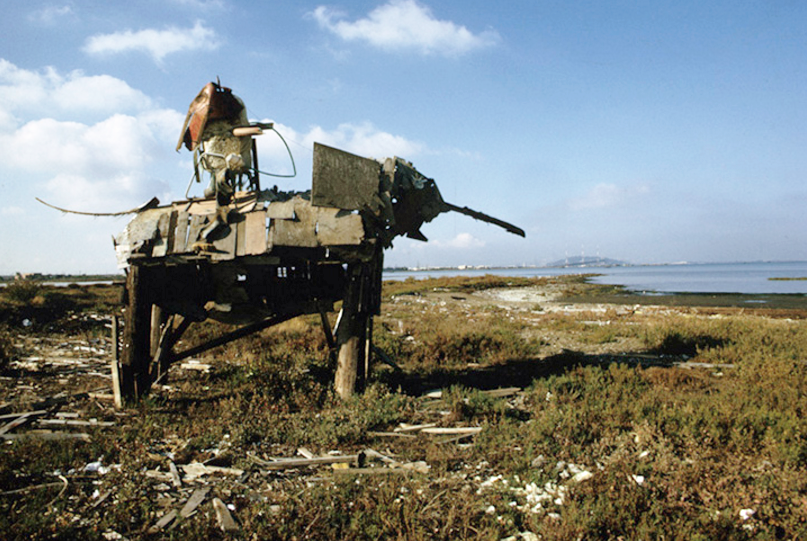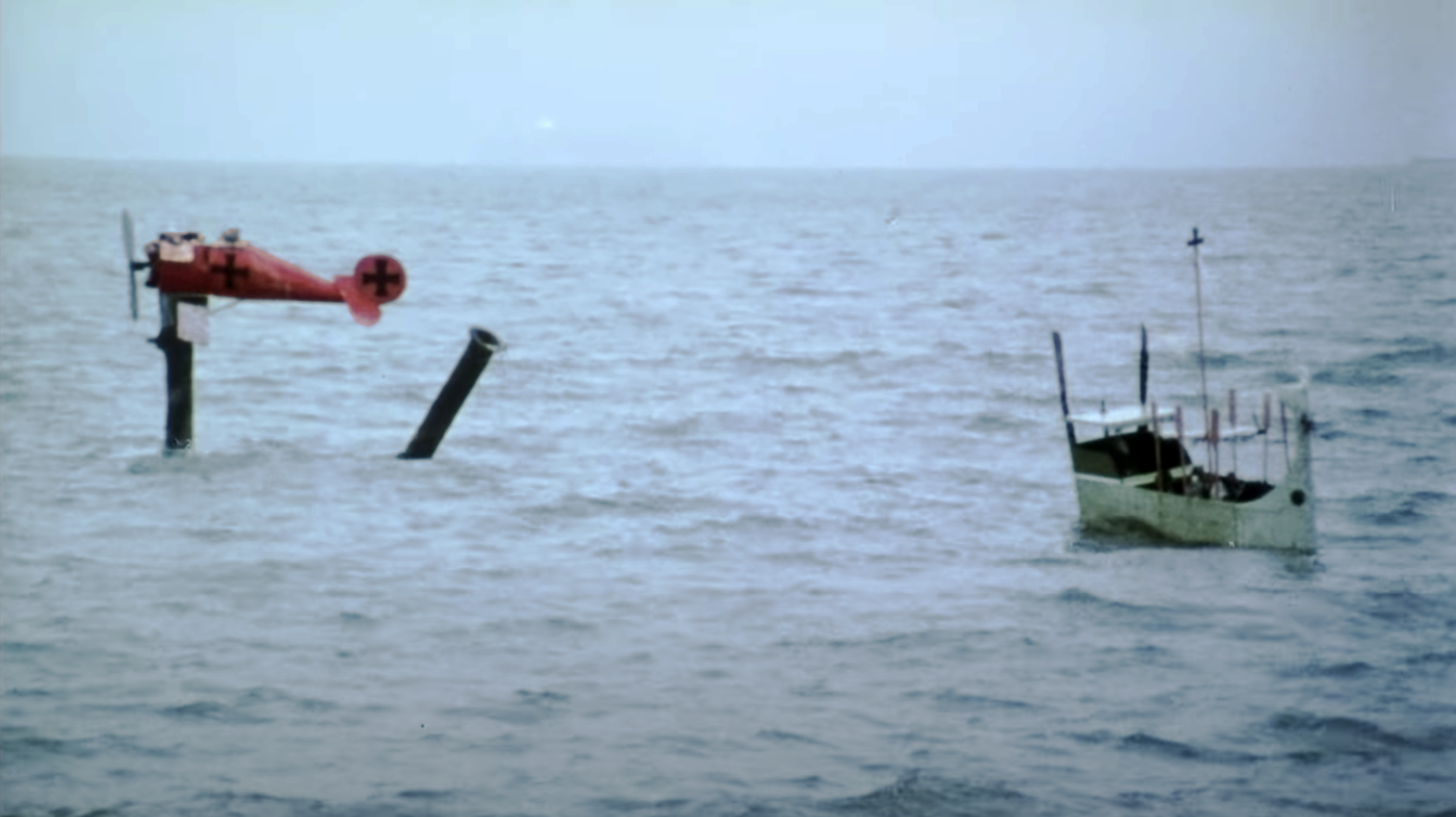Then ... Fleeing from the reporters, Val, driving her sister Arlene's car, heads north on Gough Street, about to turn right into Washington, here passing the corner steps at Lafayette Park.
... and Now, this is the northeast corner of the park (map).
A word about the car that Val is driving: it's a 1932 Packard Light Eight coupe roadster; at $1750 it was the cheapest of a range of similarly styled models including the Standard Eight and the ultra-classy long wheelbase Twin Six. The actor Clark Gable owned a Twin Six; he paid $4,250 for his when just 2 years into his MGM contract. When he posed for the photograph below in 1933 he had added wheel discs and a rear-mounted trunk.
Incidentally, the same car, refinished and reupholstered, won First in Class at the Pebble Beach Concours d'Elegance in 2009 and subsequently sold for $1,210,000 at the 2016 RM Sotheby's auction at Amelia Island, below.
Then ... On Washington Street a cable car rumbles downhill past the Crest View Garage, far left, as she turns into her own garage, far right. In the movie her garage is part of her mansion home, but in the real world this location is a block away from the mansion which, as we saw earlier was at the corner of Washington and Laguna at the other end of the park.
... and Now, Washington Street lost its cable car line in 1956 but the garage building on the left is still there, now privately used by residents of the adjacent CrestView Apartments. The building at right, 2080 Gough Street, was replaced in 1963; its side garage is at the same spot as was the Bradford's garage.
After Val takes an elevator up to her room prying reporters open the rumble seat of the car and are shocked to find the lifeless body of Arlene Bradford stuffed inside. They take a grisly photograph and decide to hold off informing the police until their newspaper breaks the sensational story.
For years Blizzard has been developing a plan of revenge against the city of San Francisco. With unbridled glee he describes to his lieutenant-in-crime O'Hagan why he has asked him to gather together an army of thousands of disgruntled foreign laborers.
Then ... He intends to strike at the heart of the city's institutions and wealth, represented as he speaks with this shot toward Market Street's Financial District taken from the top of the Fairmont Hotel in Nob Hill. In this southeast view two tall structures stand out; at far left is the Hobart Building at 582 Market at Second Street and at far right the distinctive dome of Claus Spreckels' Call Building.
... and Now, the Call Building, flagged by the arrow, still stands at 703 Market at Third Street. But it changed drastically in 1938 when it was extensively remodeled to a Moderne style, losing its dome. Known today as Central Tower, it was once the tallest building this side of Chicago but is now dwarfed by surrounding high-rises. The Hobart Building too has survived but is hidden behind newer structures.
In Then and Now views looking east down Market street, here's a closer look at the transformation of the Call Building.
Then ... Blizzard goes on to describe how a bomb will be detonated to alert his army of anarchists, spread across the city, to spring into action. This view too was filmed from the top of the Fairmont Hotel, this time looking to the north to Russian Hill as he visualizes in his mind's eye the explosion rising above the tree-covered slope. Alcatraz Island lurks at far right in the distance.
... and Now, this photo taken from a Fairmont Tower suite window shows us the same view, now eyesored with incongruous apartment buildings on Russian Hill. Note both Then and Now the twin-towered Our Lady Of Guadalupe church right of center at 906 Broadway. At far left, blocking the view of the cable car barn seen clearly above, is the rear of the Brocklebank Apartments, home in 1958 to Kim Novak's enigmatic Madeleine in Alfred Hitchcock's Vertigo.
... a vintage photo ... Here's Nuestra Senora de Guadalupe church in 1924. It was constructed on this site by and for the local Mexican residents before suffering severe damage in the 1906 fire then was rebuilt with concrete in its present form in 1912. Over time this once-thriving Hispanic community migrated to the Mission District , especially after the 1950s Broadway tunnel project leveled many of its homes and businesses.
... and Now, the church was closed in 1991 and for much of the time since then it has functioned as St. Mary's, a Chinese school. Since 2011 the building has been vacant but was recently sold for $3.3M by the Archdiocese to a developer who, thanks to its City Landmark designation, is required to preserve its exterior.
Then ... we next see them amongst a collection of makeshift sculptures alongside a freeway on the edge of the bay - the distant sign at far right gives us a first clue as to the location.
... and Now, the scene was filmed on the east bay Emeryville mudflats alongside Highway 80 (map). Those office buildings and the Hilton hotel (formerly a Holiday Inn) have since been built on the Watergate Peninsula.
Then ... As the camera zooms in the freeway sign becomes more clearly visible at the Powell Street overpass. ...
... and Now, it can't be seen now from the mudflats (blocked by trees), but the sign is still there, viewed here from Powell Street.
By triangulation using this sign and a distant view seen in another shot CitySleuth was able to home in on the scene's location, immediately south of the Watergate Peninsula.
The mudflats were a magnet for driftwood and industrial flotsam. Anonymous artists began fashioning these found objects into sculptures around 1960 and continued off and on until 1985 when the area was designated a State Marine Reserve and cleaned up. Here's a c. 1980 photo of the sculpture garden with the partially constructed Watergate Peninsula complex in the background.
See a gallery of sculptures that appeared here over the years by clicking or tapping the image below.
Getting back to the movie ... as Harold lovingly clasps Maude's hand he is jarred at the sight of an I.D. number tattooed on her arm, a peek into her past.
Then ... but she pretends not to notice and, seeing a flock of seagulls against the golden sunset, tells him that the French Jewish political prisoner Alfred Dreyfus used to watch birds from his island prison, thinking of them as 'glorious birds' but disappointed years later to realize they were only seagulls. "For me", she says, "they will always be glorious birds". A symbol of freedom perhaps, for a Holocaust survivor?
... and Now, the view towards San Francisco spans, from left to right: Twin Peaks, downtown San Francisco, Treasure Island, Bay Bridge east tower, Golden Gate Bridge, the headlands and hills of Marin County and at far right the tip of the Watergate Peninsula; its parallax position against the Marin hills was the second clue to the scene's location.
The mudflats didn't only host whimsical artworks; often there were social or political messages too, as for example this 'End War' sign in 1971 when Vietnam weighed heavily on the conscience of the nation.
Harold and Maude was filmed in 1971 - it is quite possible that director Hal Ashby was inspired by the sign and planned on taking it a step further with a stronger message ... but the footage ended up on the cutting room floor; here's an outtake image.
Then ... Having reported Arlene's disappearance to the police, Val Bradford drives back to her Lafayette Park home, seen here heading north along Laguna Street on the west side of the park. In the foreground are cable car tracks along Washington, a line destined to close down 22 years later in 1956.
... and Now, the homes on this block today have all been replaced except for the setback 3-story white building on the corner of the intersecting Clay Street. The park steps too appear to be the same ones.
Then ... She makes a right in front of her home, the corner mansion, but screeches to a halt when she sees the reporters waiting for her. The home's address in the story was 923 Bates Avenue, fictitious, but in real life this mansion was 2180 Washington, built in 1899 by William G. Irwin, a banker and sugar magnate.
... and Now, the Irwin Mansion burned down in 1955; today there's a 12-story condominium building on this site (map). In this view of new and old the common denominator is the cluster of three tall buildings down Laguna.
Here's the mansion in 1953 by which time it had become the home of the Irwin Memorial Blood Bank. (Its cube-like architecture was certainly appropriate for an owner from the sugar business).
But just two years later, sadly, it was destroyed by fire.
... and Now, 2180 Washington today.
Then ... In an earlier scene a view from the home's window shows a shaggy-maned lion on a pedestal, one of a pair facing the park at the front entrance (you can spot it in the 1953 photo and the fire photo above).
... and Now, the lions, the only survivors from the original building, have lost their pedestals but still maintain their vigilant watch at the entrance.
... the fiercely-represented beasts hold an unfolding scroll in their teeth, a symbol of life and a hidden future.
